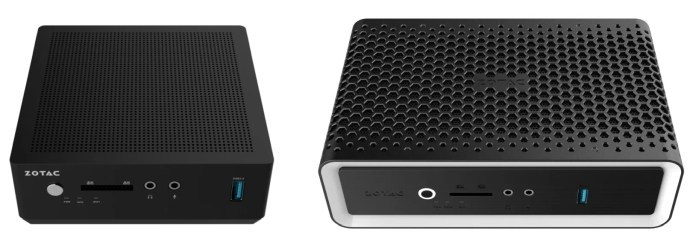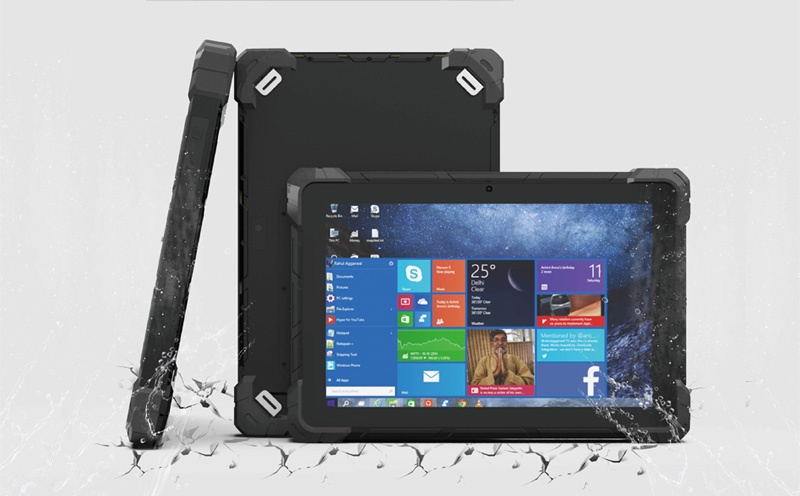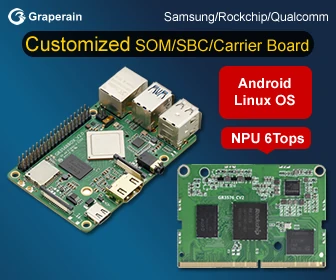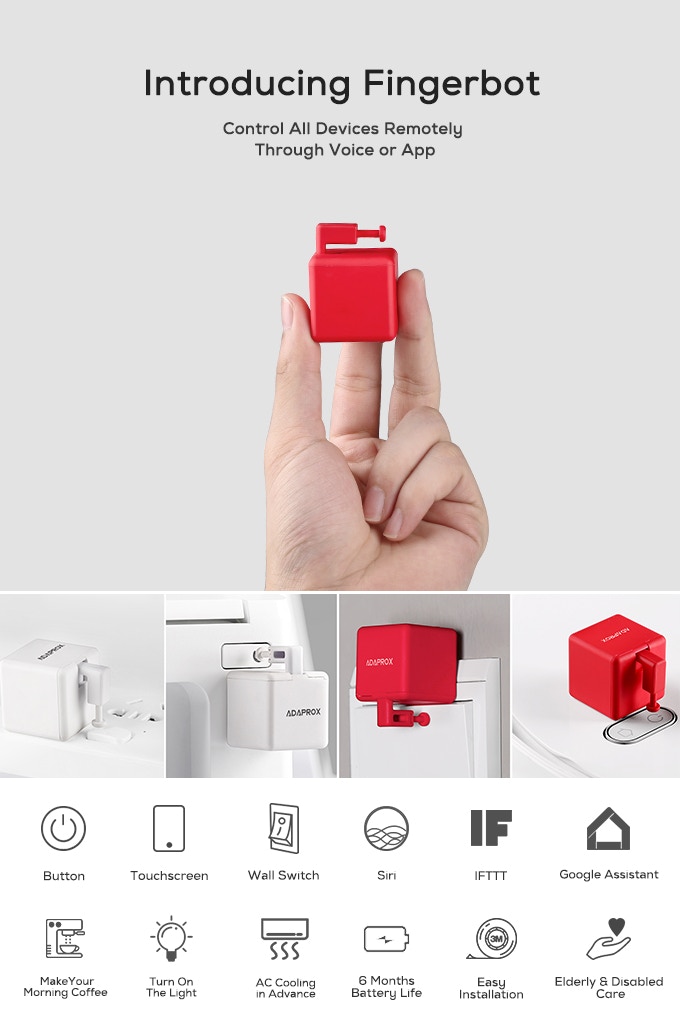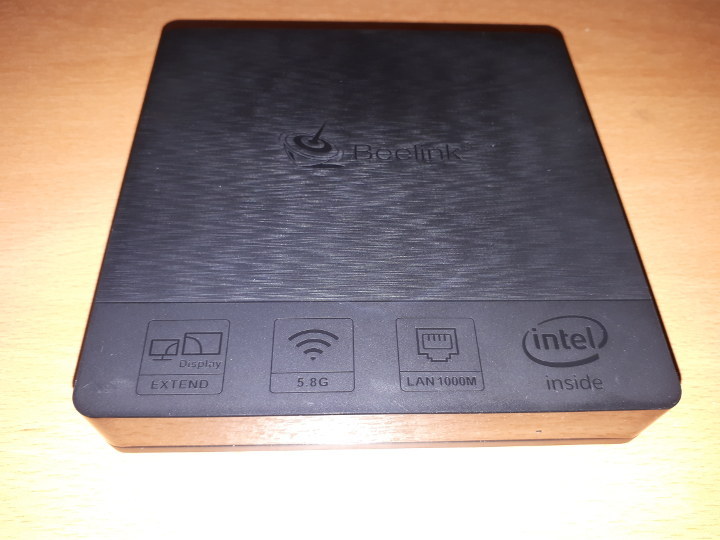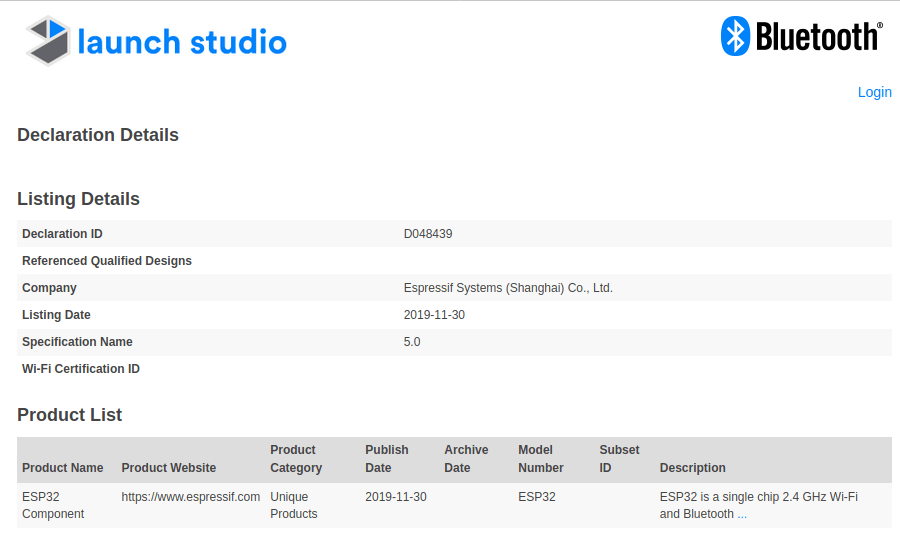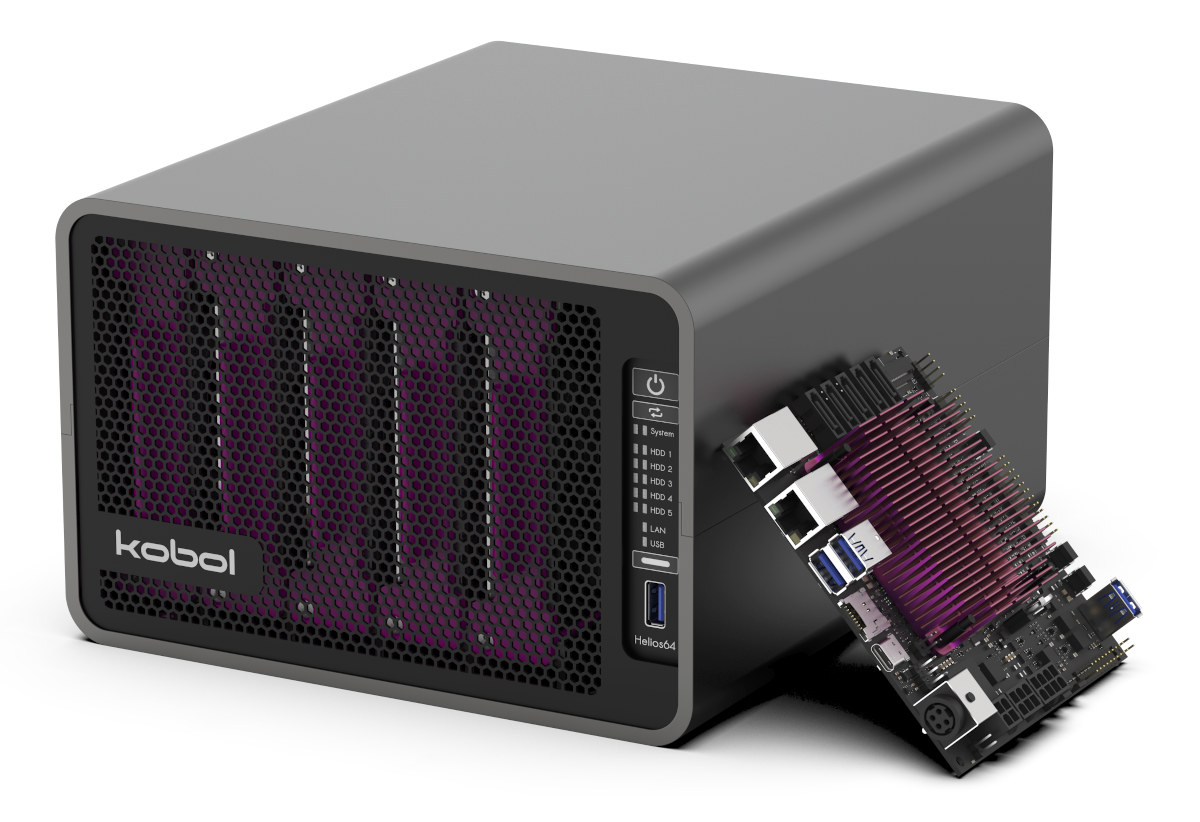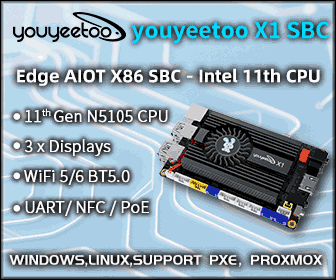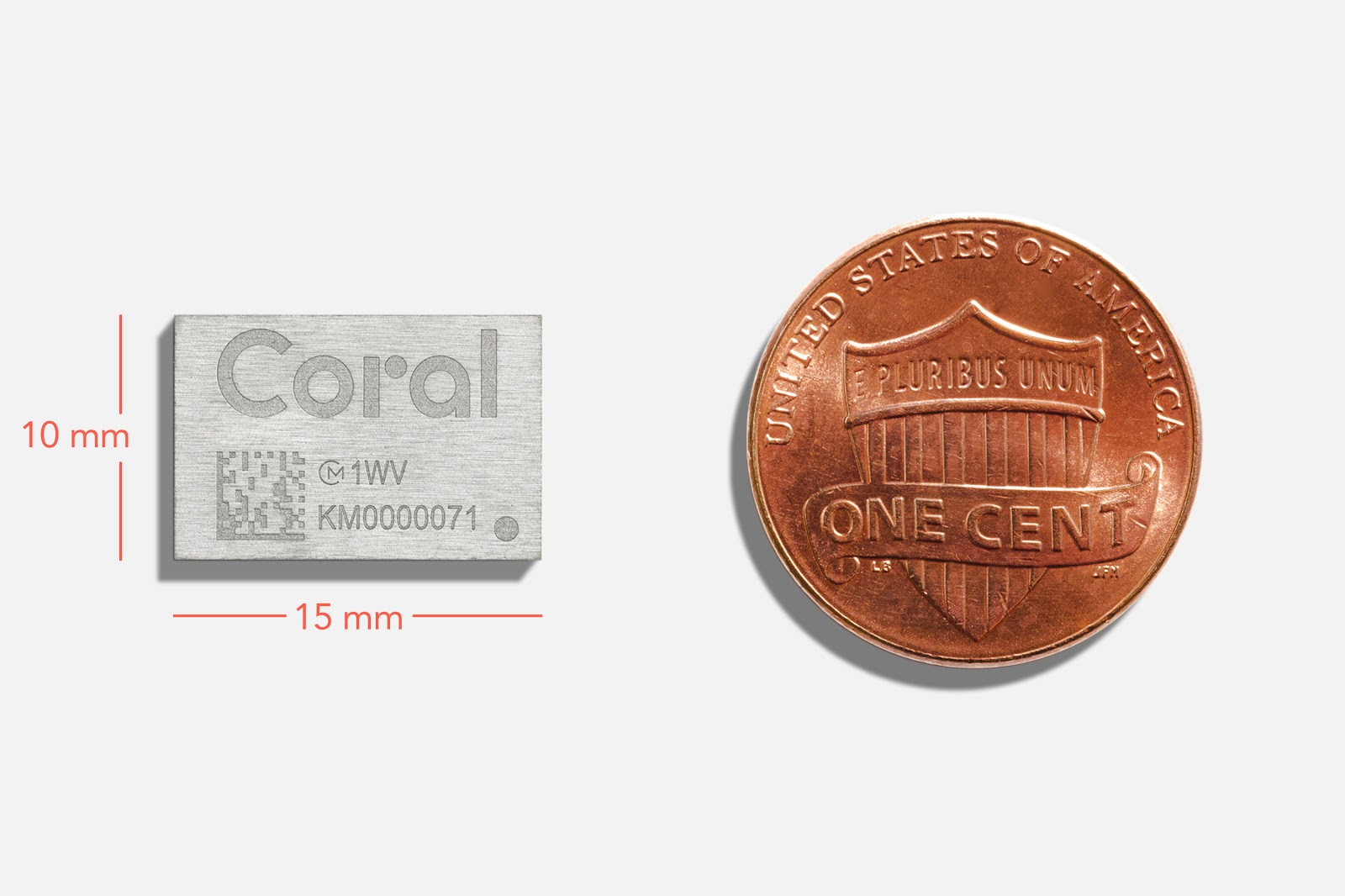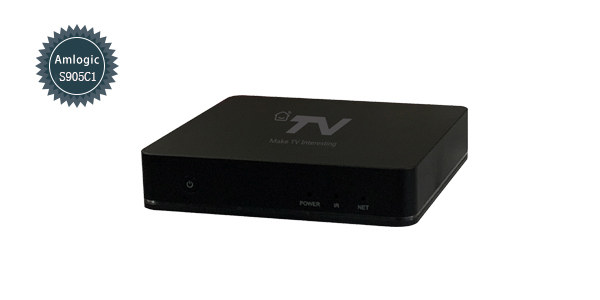Zotac ZBOX Makes a Run At AMD Ryzen Based Mini PCs Zotac, the mini PC manufacturer, has announced two new additions to its long-standing line up of small form-factor computers. The newest additions are the ZBOX MA621 Nano and the ZBOX CA621 Nano. The Nano’s are both housed in enclosures nearly identical to the previous Zotac offerings. Background on ZBOX Launching an AMD mini PC is not a first for ZOTAC, but the last time they unveiled AMD based mini PCs was in 2014. Where The Mini-PCs Will Be Presented The offerings, which will be unveiled at the 2020 CES in Los Vegas, later this year, were announced from Hong Kong a few days ago. Both of the ZBOX computers run AMD Ryzen 3 CPUs. Two Cooling Solutions The ZBOX CA621 Nano is passively cooled for silent running, while the MA621 Nano is actively cooled. The differences in size are […]
Dust, Water, and Shock-Proof GOLE F7 10.1″ Rugged Tablet Runs Windows 10
Shenzhen GOLE Technology is known for its tablet mini PC combos that mix the features of mini PCs and tablets into one device. Some example or GOLE F6 (aka GOLE 10), or GOLE1 Plus. Their latest model, GOLE F7, is closer to what we’d think of a traditional tablet, but the 10.1″ Cherry Trail tablet is fairly thick and rugged, with the company’s highlighting its “triple-proofing” capabilities, namely dust-proofness, waterproofness and resistance to shocks. GOLE F7 specifications: SoC – Intel Atom x5-Z8350 quad-core Cherry Trail processor @ 1.44 / 1.92 GHz with Intel HD graphics System Memory – 4GB DDR (option: 2GB) Storage – 64GB eMMC flash (option: 32GB), MicroSD card slot Display Standard – 1920×1200 IPS touchscreen display with 300 ANSI lumen brightness Option – 1280 x 800 IPS touchscreen display with 500 ANSI lumens brightness (requires MOQ purchase) Video Output – 1x micro HDMI 1.4 Audio – Integrated […]
Fingerbot Bluetooth Mechanical Finger Enables Automation for most Home Appliances (Crowdfunding)
Adaprox Fingerbot Smart Home Automation Fingerbot is the place where IoT meets analog and creates a solution for smart home automation that works with Alexa, Google Home, Siri, and many smart home apps. What is Fingerbot? Adaprox, a team of engineers, programmers, and designers, designed the finger-sized device that can handle on/off for devices, repetitive motion tasks, toggles or switches. Fingerbot Does What? The little robot can work through voice or app, and can handle all activation and deactivation of traditional appliances, lighting and can even use its soft “finger” on a touchscreen for repetitive tasks in the home, all done mechanically. How Does It Work Fingerbot is designed to be attached to the device it is controlling with double-sided tape or velcro. This creates a firm grip on the surface so that its finger can control the device properly. The velcro option allows for switching Fingerbot between appliances, and […]
Beelink BT4 Mini PC Review – Slow, Buggy, Fan-cooled, and Overheating
Intel’s low-cost chip shortage has been so bad that Beelink has had to demothball some Atom chips when creating their new mini PC the Beelink BT4. This is one of the cheapest new mini PCs recently launched and uses the somewhat now old Cherry Trail Intel Atom x5-Z8500 CPU which was launched at the start of 2015 and is a quad-core 4-thread 1.44 GHz processor boosting to 2.24 GHz with Intel’s HD Graphics. The BT4 is the same form factor as the more recent Beelink mini PCs being a half-thick ‘NUC’ style device physically consisting of a 120 x 120 x 22 mm (4.72 x 4.72 x 0.87 inches) plastic rectangular case. This is not a passive device as it contains a small fan that stays on after the device has been shut down. The front panel has only a blue ‘power’ LED and the rear panel includes the power […]
Espressif Systems ESP32 Gets Bluetooth LE 5.0/5.1 Certifications
Espressif Systems ESP32 was introduced in 2016, and one of the key differences between ESP8266 and ESP32 was that the latter supported Bluetooth 4.2. But since then, the Bluetooth Special Interest Group (SIG) released Bluetooth 5.0 (2016) with higher speeds and longer range, and Bluetooth 5.1 (2019) adding direction finding for indoor positioning applications. One would have thought that upgrading from Bluetooth 4.2 to Bluetooth 5.0/5.1 might have required a new radio, but apparently not. As you can see from the above link and screenshot, ESP32 is now Bluetooth LE 5.0-Certified having passed SIG Bluetooth LE 5.0 certification. That means the Bluetooth protocol version supported by the ESP32 microcontroller has been upgraded from Bluetooth LE 4.2 to Bluetooth LE 5.0 with improved stability and compatibility. Another link also shows Bluetooth 5.1 certification for ESP NimBLE Host stack. Sadly that does not mean ESP32 suddenly supports the longer range and higher […]
Kobol Helios64 RK3399K SBC & 5-Bay NAS Pre-Orders to Start Next Week
We covered Rockchip RK3399K processor a few months ago, as a version of RK3399 processor qualified to run at 2.0 GHz, or supporting a wider-temperature range (-20 to +85°C) at 1.8 GHz. We found out about the new processor, as Kobol was working on a Helios64 SBC designed for NAS that featured RK3399K SoC. At the time, we just had a drawing of the board and some specifications, but now the company has announced pre-orders for the board and a complete 5-bay NAS kit will start next week and the actual shipping start in March. Kobol Helios64 SBC Specifications: SoC – Rockchip RK3399K hexa-core processor with 2x Arm Cortex-A72 cores @ 2.0 GHz, 4x Cortex-A53 cores @ 1.6 GHz System Memory – 4GB LPDDR4 Storage – 16GB eMMC 5.1 flash, 5x SATA 3.0, 1x M.2 SATA slot shared with one SATA 3.0 port, MicroSD port Connectivity – 1x 2.5GbE port, […]
Google Coral mPCIe and M.2 Cards for Sale, New Coral Dev Board Mini and Modules Coming in 2020
Google introduced Coral development board and USB accelerator with Google Edge TPU last year. The development board was comprised of a baseboard and Coral system-on-module with an NXP i.MX 8M quad-core Arm Cortex-A53 processor and the Edge TPU. Since then ASUS announced Tinker Edge T and CR1S-CM-A SBC based on the Coral module, and yesterday, I noticed Seeed Studio started selling mPCIe and M.2 AI accelerator card with Google Edge TPU, while today, Google announced upcoming Coral products for 2020. Coral Mini PCIe and M.2 Accelerators Coral Mini PCIe card specifications: Half-mini PCIe card with PCIe Gen2 x1 Supply voltage – 3.3VDC +/- 10 % Dimensions – 30.00 x 26.80 x 2.55 mm Weight – 3.6 g Temperature Range – Storage: -40 ~ 85°C; operating: -20 ~ 70°C Relative humidity – 0 ~ 100% (non-condensing) Op-shock – 100 G, 11ms (persistent); 1000 G, 0.5 ms (stress); 1000 G, 1.0 ms […]
DV8845 Amlogic S905C1 Android TV Hybrid Set-top Box Comes with DVB-T2 or DVB-C Tuner
A couple of weeks ago, we wrote about SDMC DV8919 TV box with Amlogic S905X4 processor capable of decoding 4K AV1 videos beside the usual H.265, H.264, and VP9 codecs. But it turns out the company has other devices based on a “new” Amlogic S905C1 processor, namely two hybrid set-top boxes running Android TV and equipped with either a DVB-T2 tuner (digital terrestrial TV) or a DVB-C tuner (cable). DV8845 specifications: SoC – Amlogic S905C1 quad-core Arm Cortex-A55 processor @ up to 2.0 GHz with Arm Mali-G31MP2 @ 850 MHz supporting OpenGL ES3.2, Vulkan 1.1 and OpenCL 2.0, and optional 1.2 TOPS NN inference accelerator System Memory – 2GB DDR memory (options: 1GB or 4GB) Storage – 8GB eMMC flash (options: 16GB, 32GB, 64GB) Video & Audio Output – HDMI 2.1 up to 4K @ 60+Hz with CEC & HDCP2.2, AV output with composite video and stereo audio Video Playback […]


